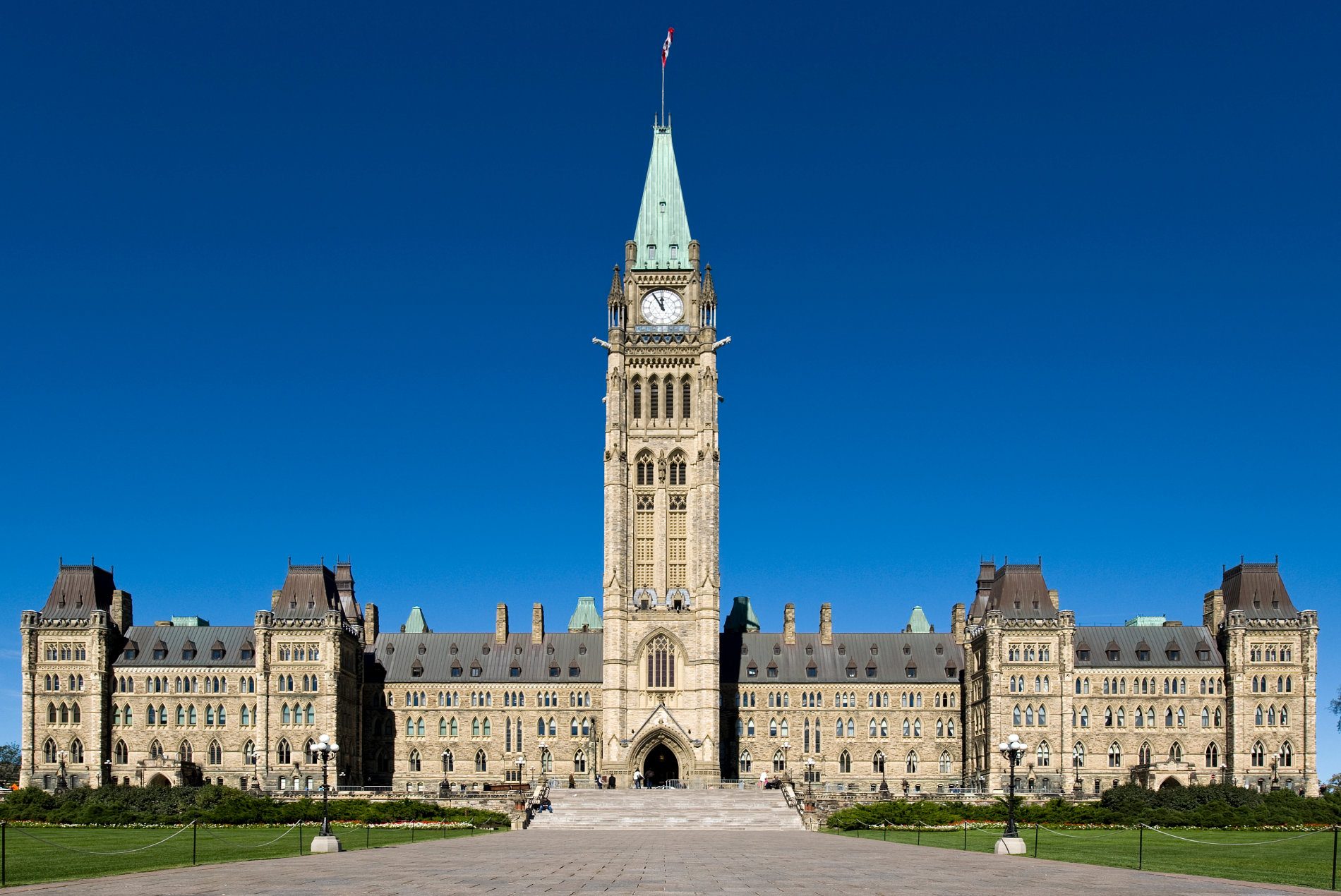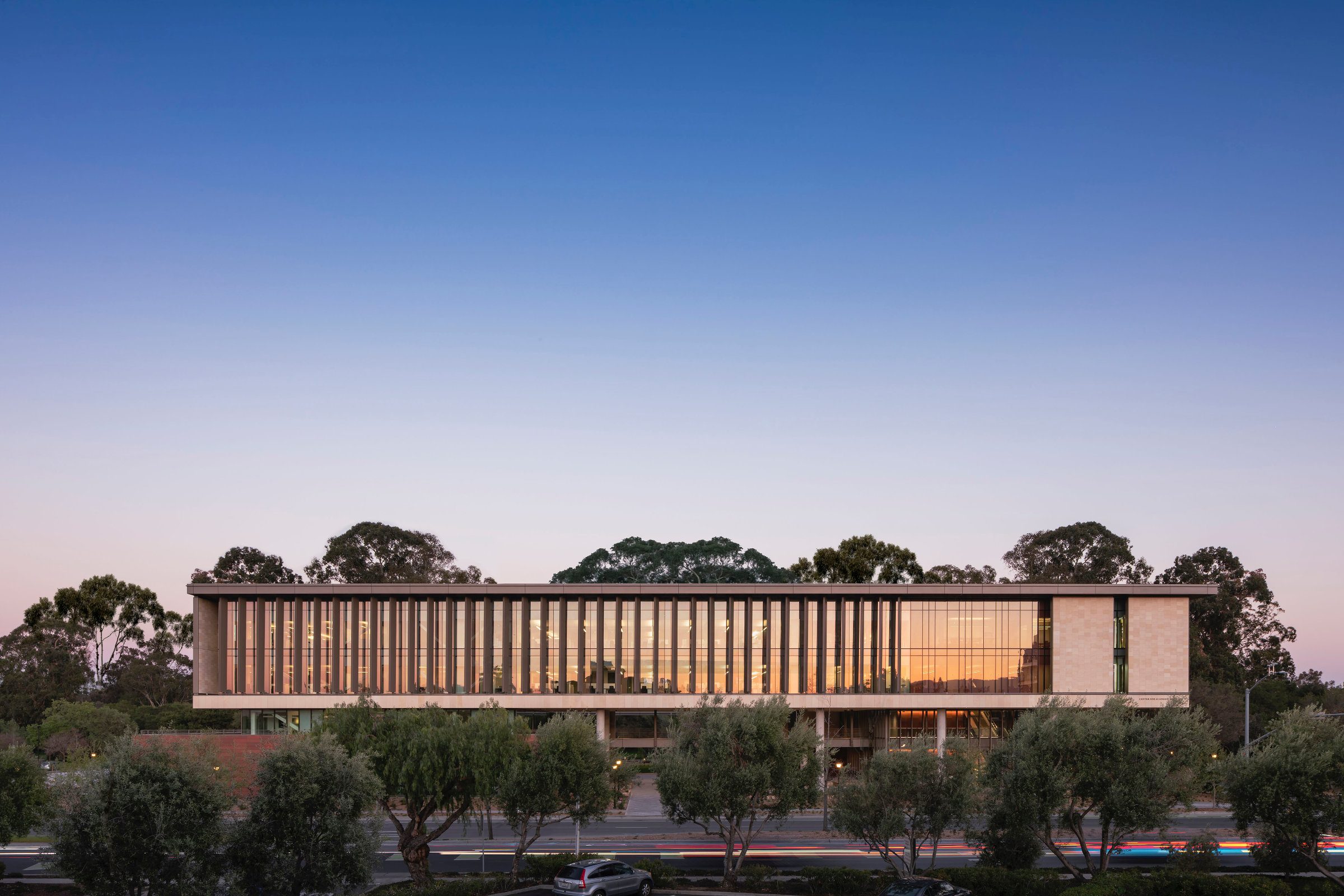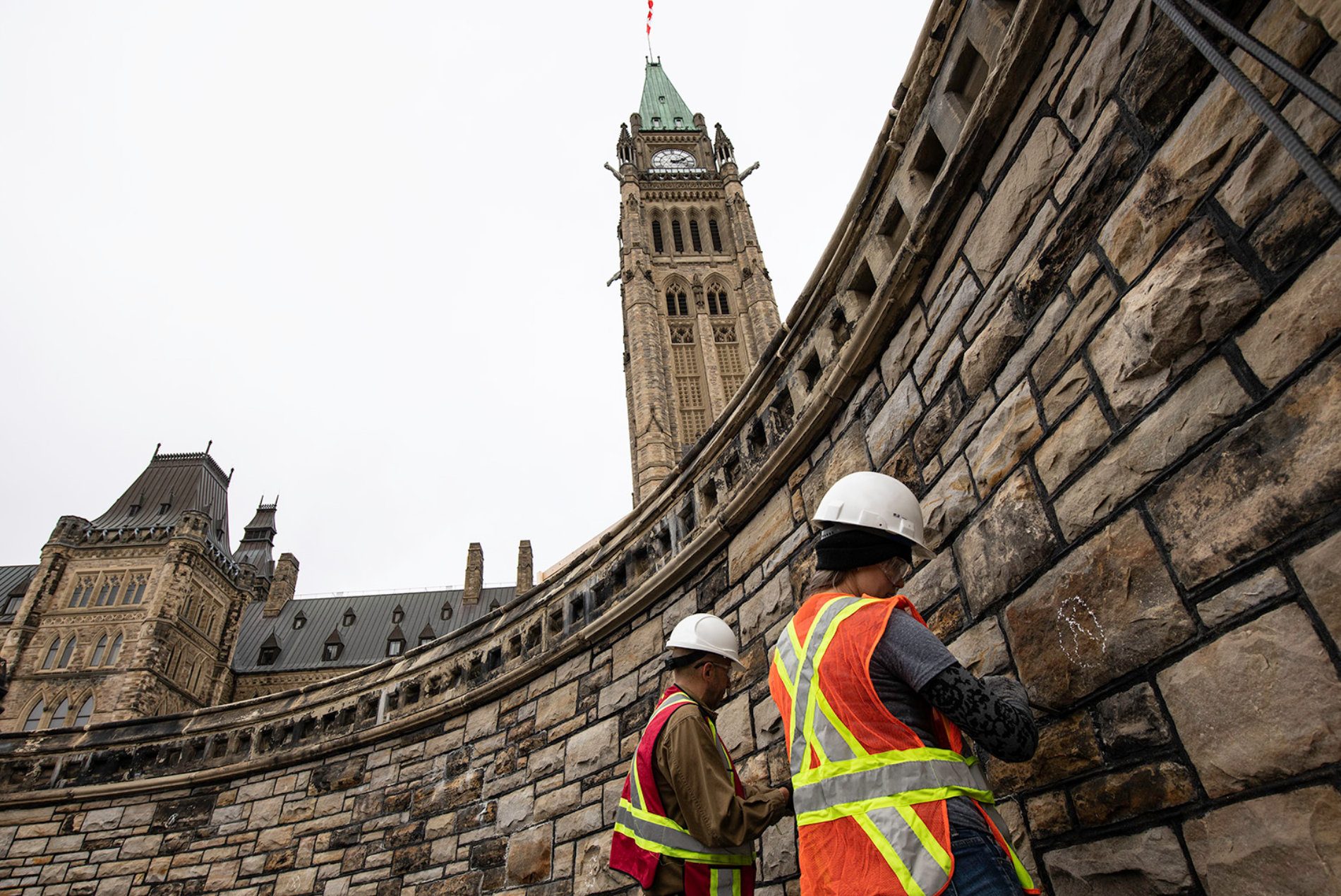
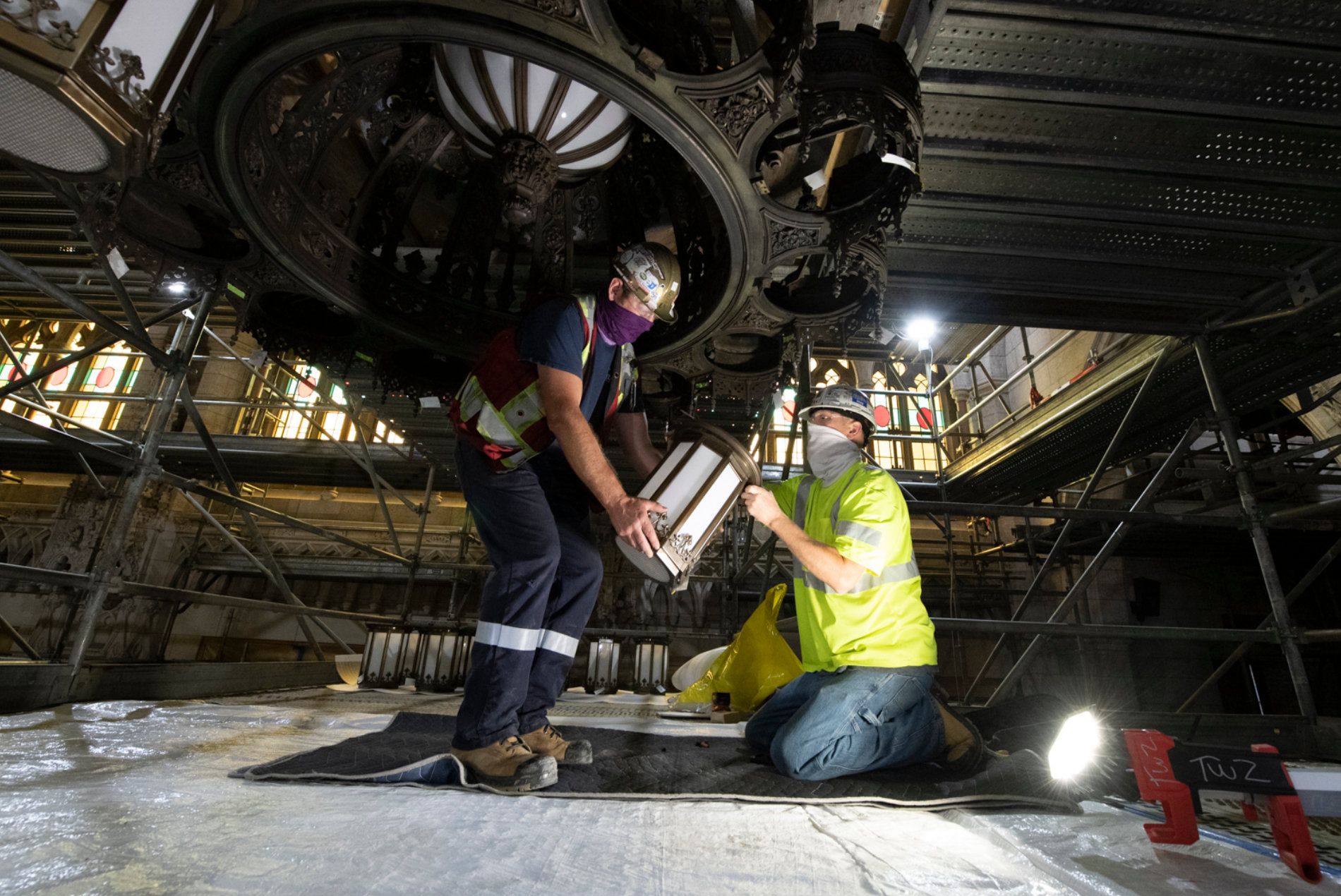
The project will renew and expand Canada’s most recognized building. It will reinstate significant features of the grounds, re-integrating the landscape with the buildings as well as the government’s functions and ceremonies. It will preserve the spirit of the place while expressing the values of our time.
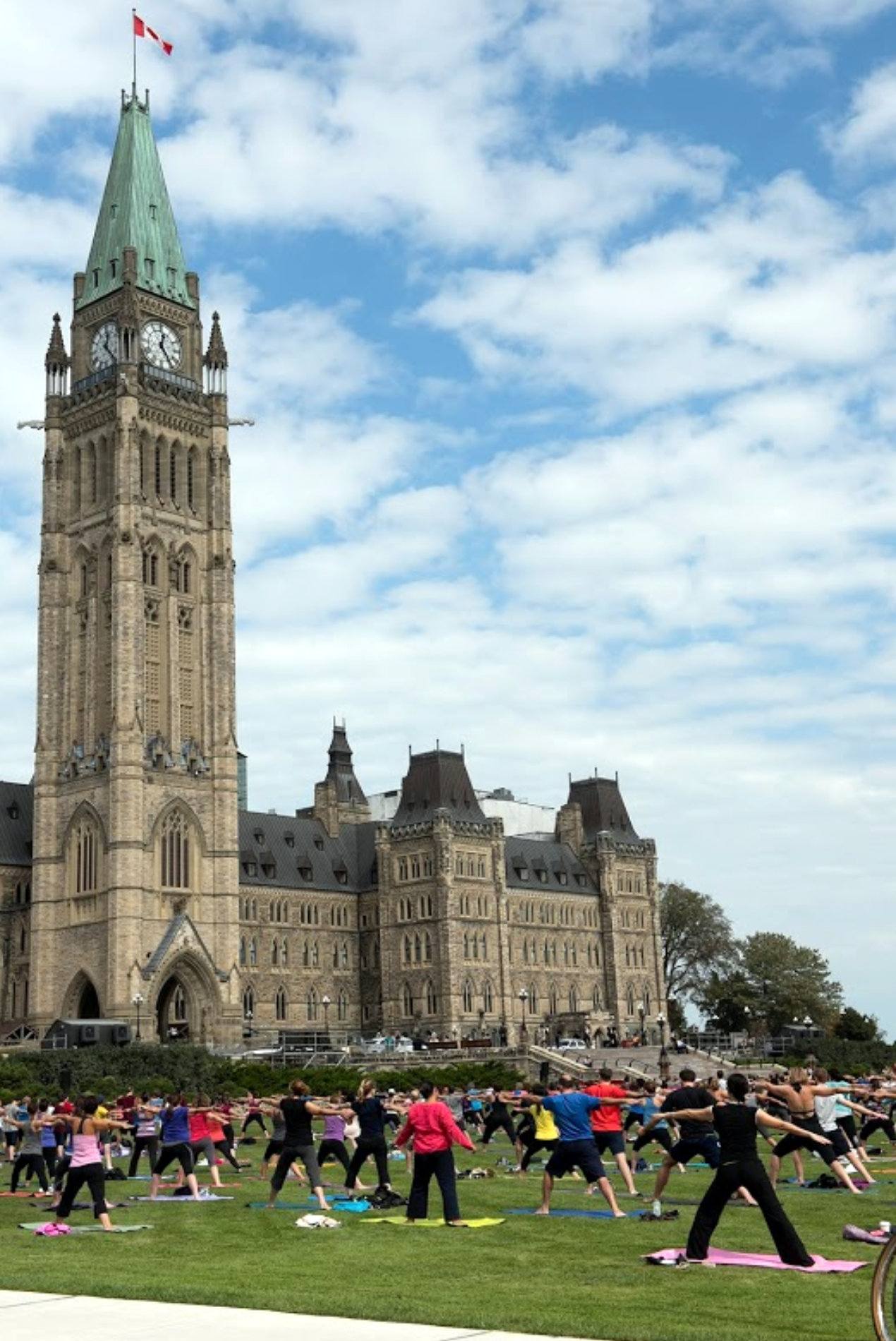

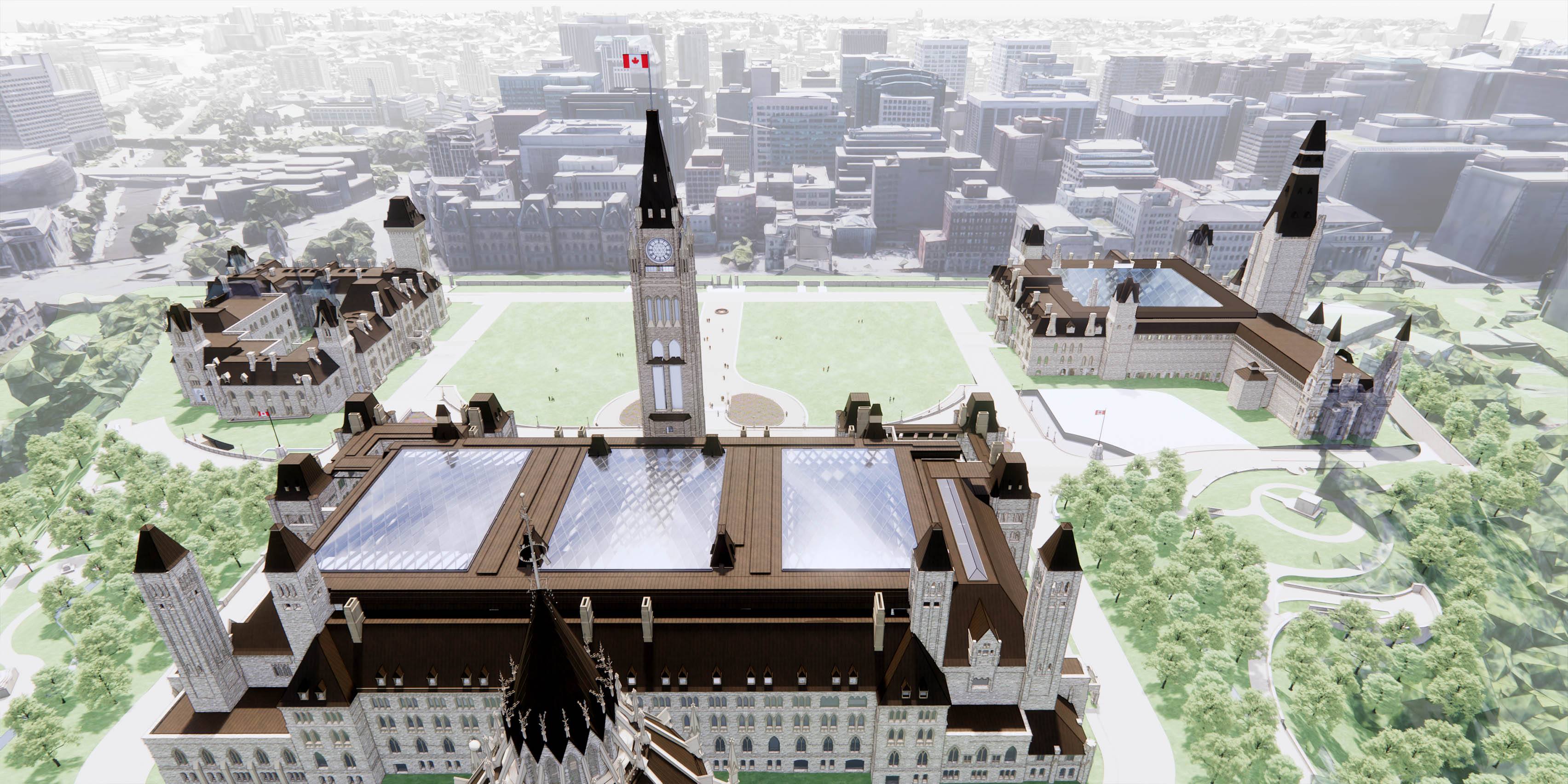
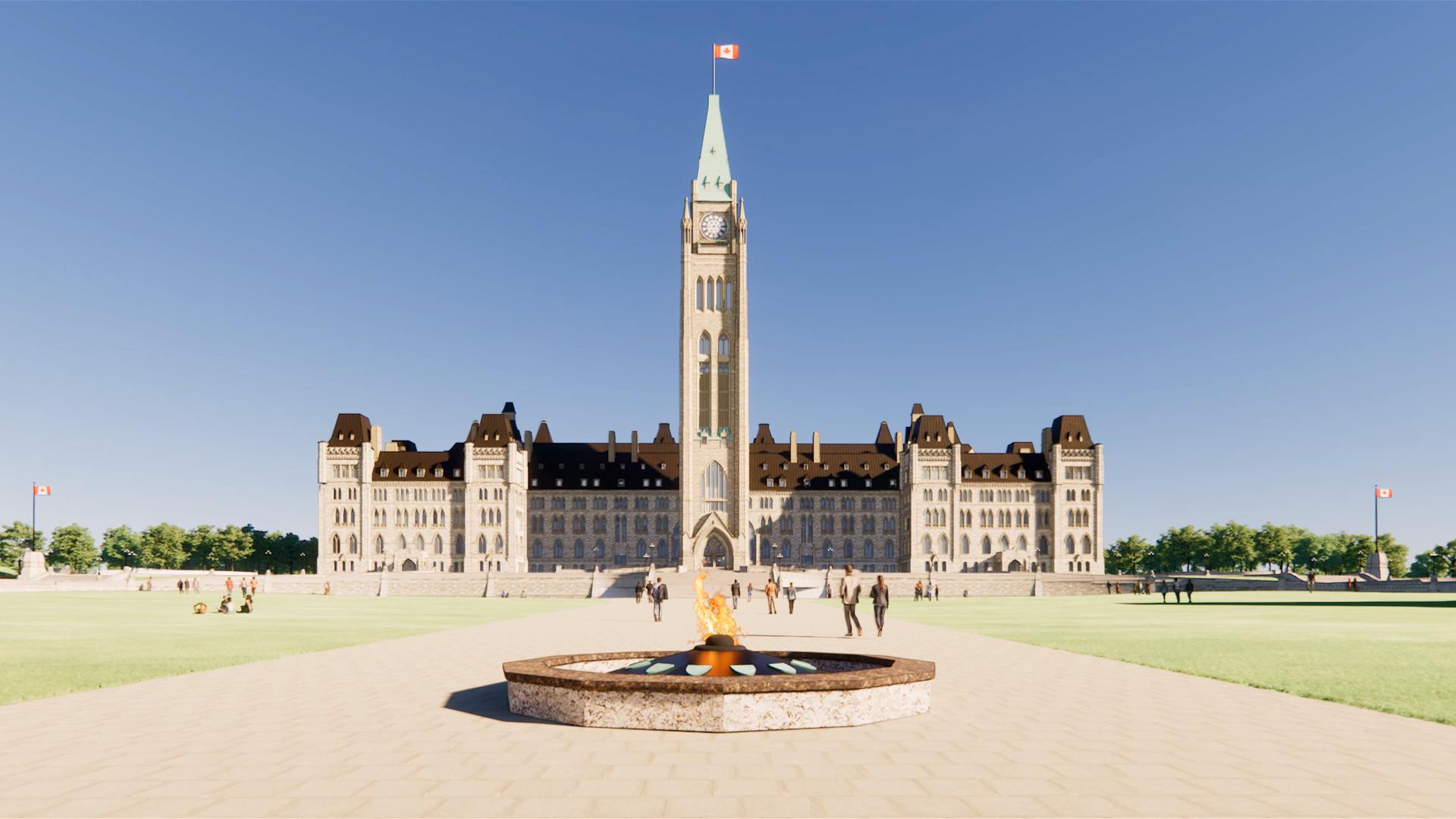
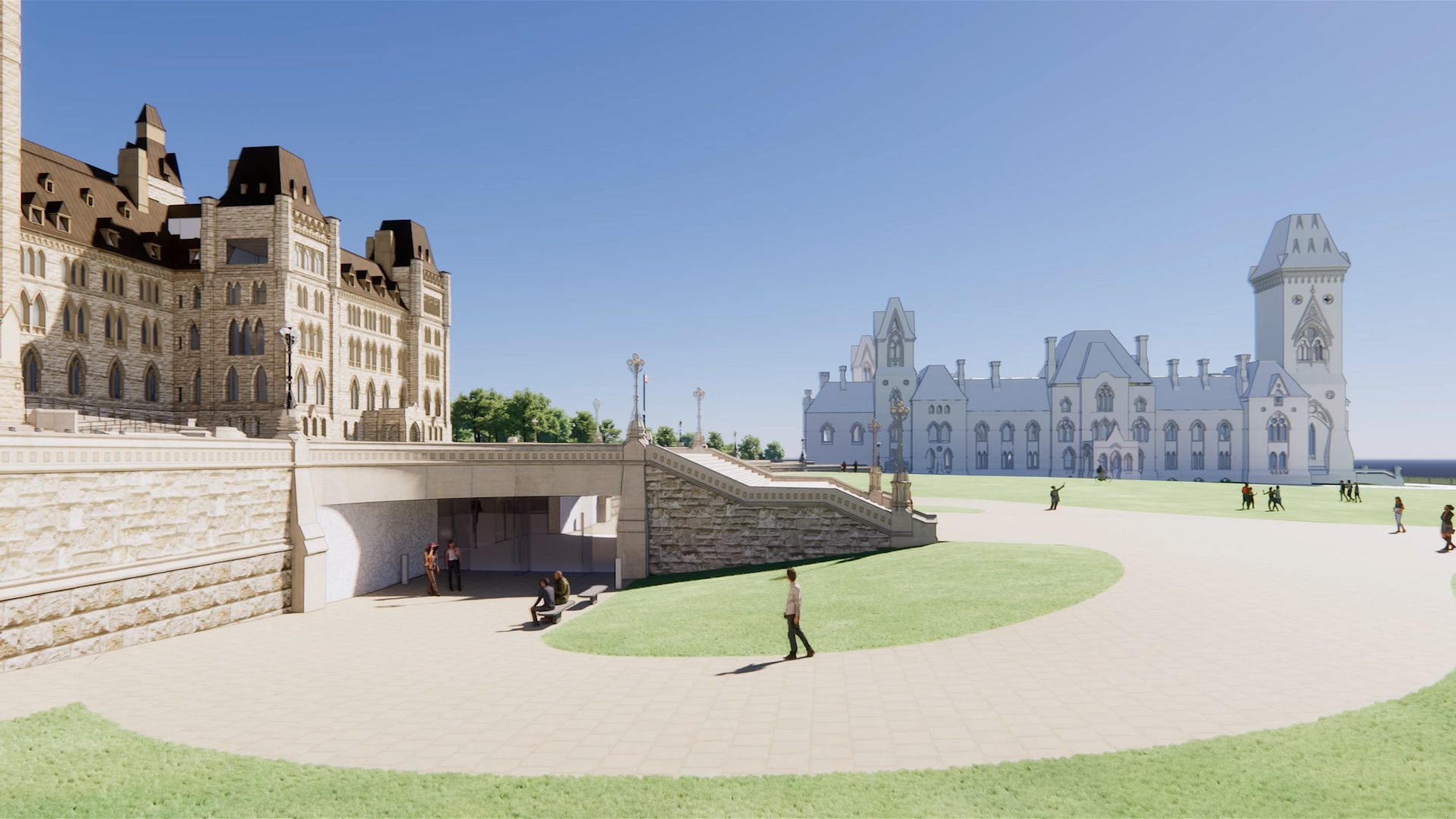
This new building, which is placed underground, is situated at the intersection of the lawn and Centre Block. It is the point where the landscape (the people’s space) and the building (Parliamentary space) come together and overlap. It also links Centre Block to the East and West Blocks to form one unified complex.
A universally accessible and secure building entry is nestled under the elegant Vaux Stair. Purposely discreet, the entry is seamlessly integrated into the original landscape and carefully restored 1870s Vaux Wall. It does not compete with the lawn or Centre Block for attention.
The new Parliament Welcome Centre houses space for public and educational events, tours, offices and meeting rooms
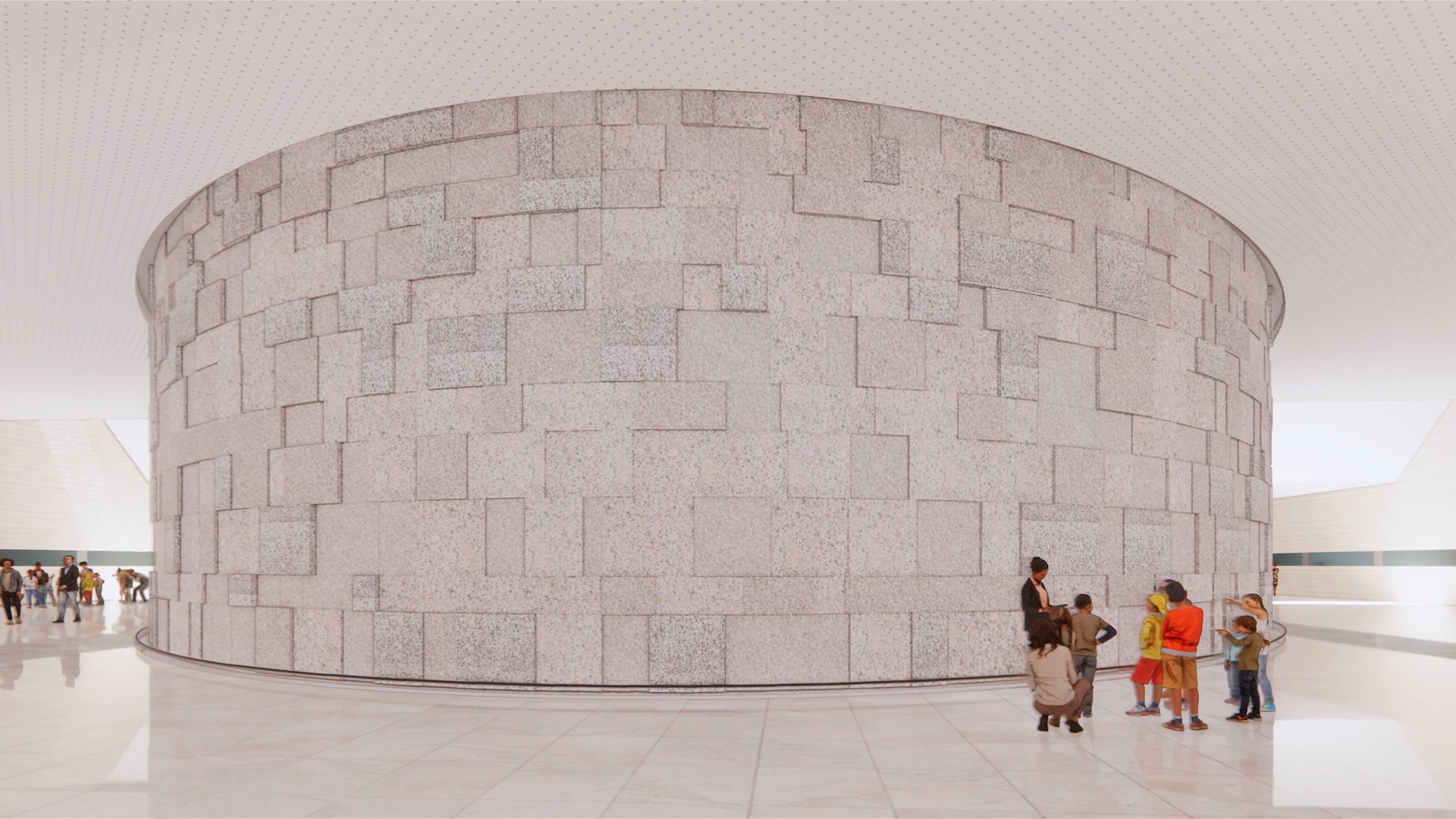
The design complements Centre Block, not mimicking but representing traditional elements in modern ways. Spaces are refined in their materiality, proportion and neutral colour palette. Visitors will be able to admire the materials (including a variety of Canadian stone and wood), exhibits and indigenous art brought here from every corner of the country.
Visitors are immediately struck by a massive curved stone wall in the center of the space: the actual foundation of the soaring Peace Tower. It’s a reminder of the gravity, permanence and importance of this place. As the building’s largest architectural feature, it anchors the space and connects Centre Block to Confederation Hall, the building’s formal entrance.
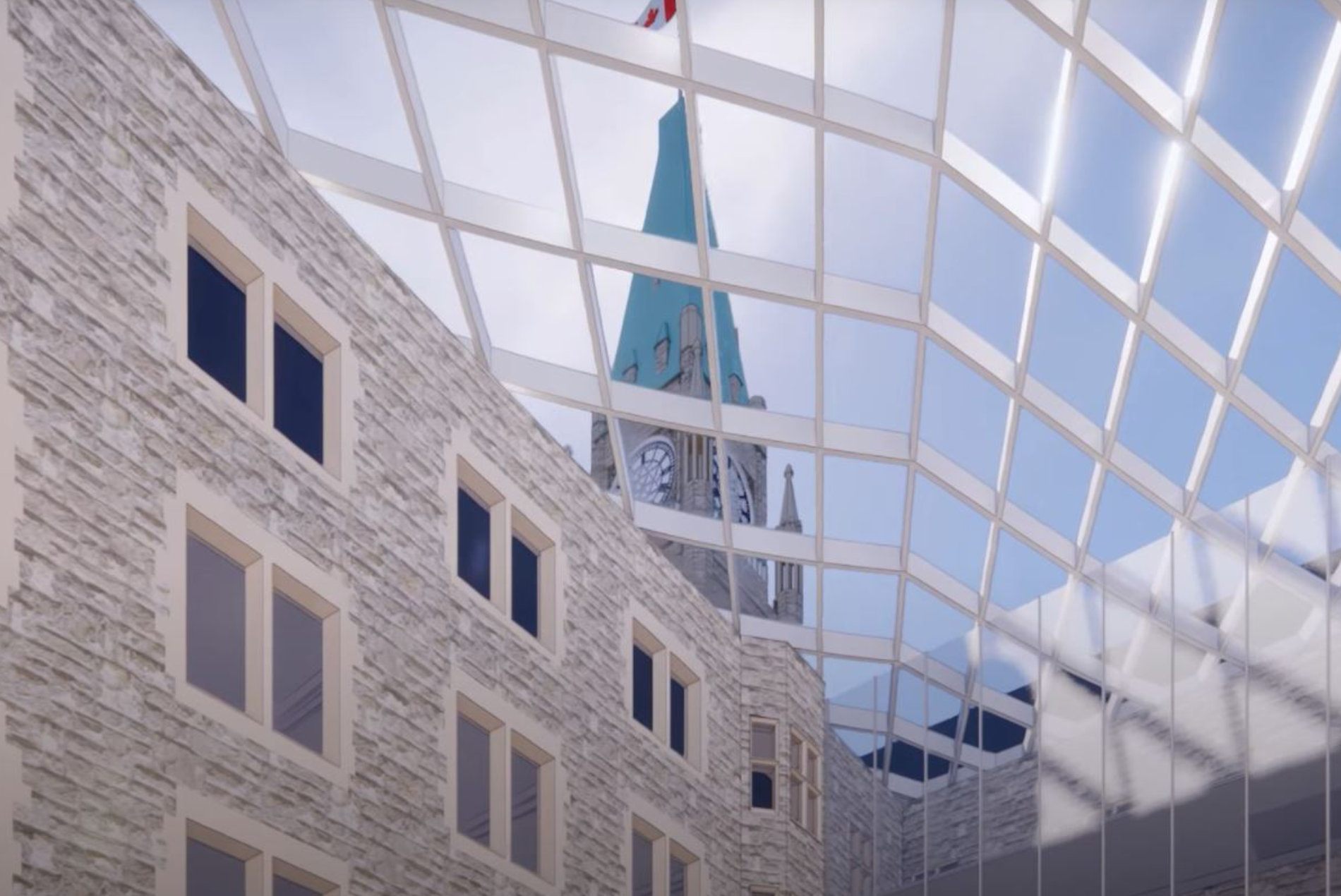
Glass roofs will transform previously unused exterior areas into light-filled interior spaces that offer the rare opportunity to be surrounded by the original stone walls and stained glass of the heritage building.
While creating a feeling that the Centre Block belongs to all Canadians, these public courtyards will help the building achieve universal accessibility and carbon neutrality.
After 100 years of continuous use, Centre Block was showing its age. Major building systems were at a critical risk of failure and were not conceived to handle modern building codes or standards including accessibility, sustainability or earthquakes.
The design introduces updated technology and security to support modern parliamentary operations. In the background behind the restored artwork and heritage walls, floors and ceilings are all-new building systems: heating and cooling, fresh air ventilation, fire protection, electrical wiring and a high-tech digital infrastructure. The structure is reinforced and designed to stringent seismic requirements.
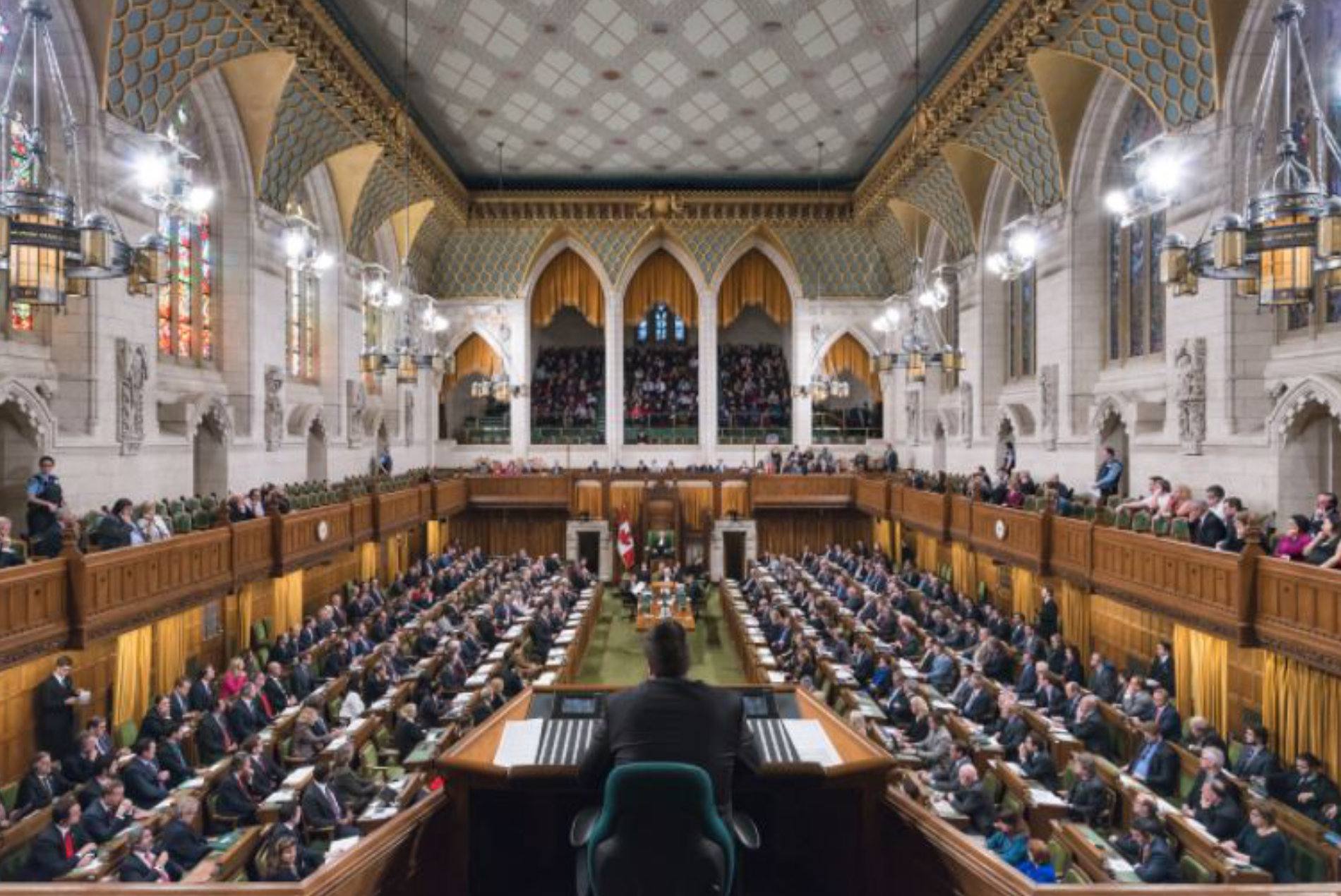
Heritage preservation work should be invisible. The alterations take a light, delicate touch, avoiding impacts to the building’s prominent spaces and decorative program. The updates respect all that has come before while preparing Canada for a bright future.
The design is returning the century-old building to its original dignity while making it universally accessible. More than 20,000 pieces of priceless art and artifacts are being restored. Valued architectural approaches to light and symmetry are being reinstated.
Inside the meticulously restored House of Commons Chamber, galleries are being fully updated and the Chamber made universally accessible—with flexibility to accommodate more members as required. The Senate chamber is being revitalized to meet the needs of a modern Parliament.

Centre Block will be transformed into a carbon-neutral facility. The project will reduce its energy and water consumption by at least 50 percent. The team is targeting LEED Platinum certification for the finished project.
Among the strategies for energy and water conservation:
- The restoration of the building’s envelope includes new, modern, energy-efficient windows, with insulation added to the roofs.
- Each new skylight over the courtyards replaces four exterior walls, preventing cold air from seeping into the building and conditioned air from bleeding out.
- The design will reduce potable water use by harvesting and reusing rainwater and graywater in non-potable applications.
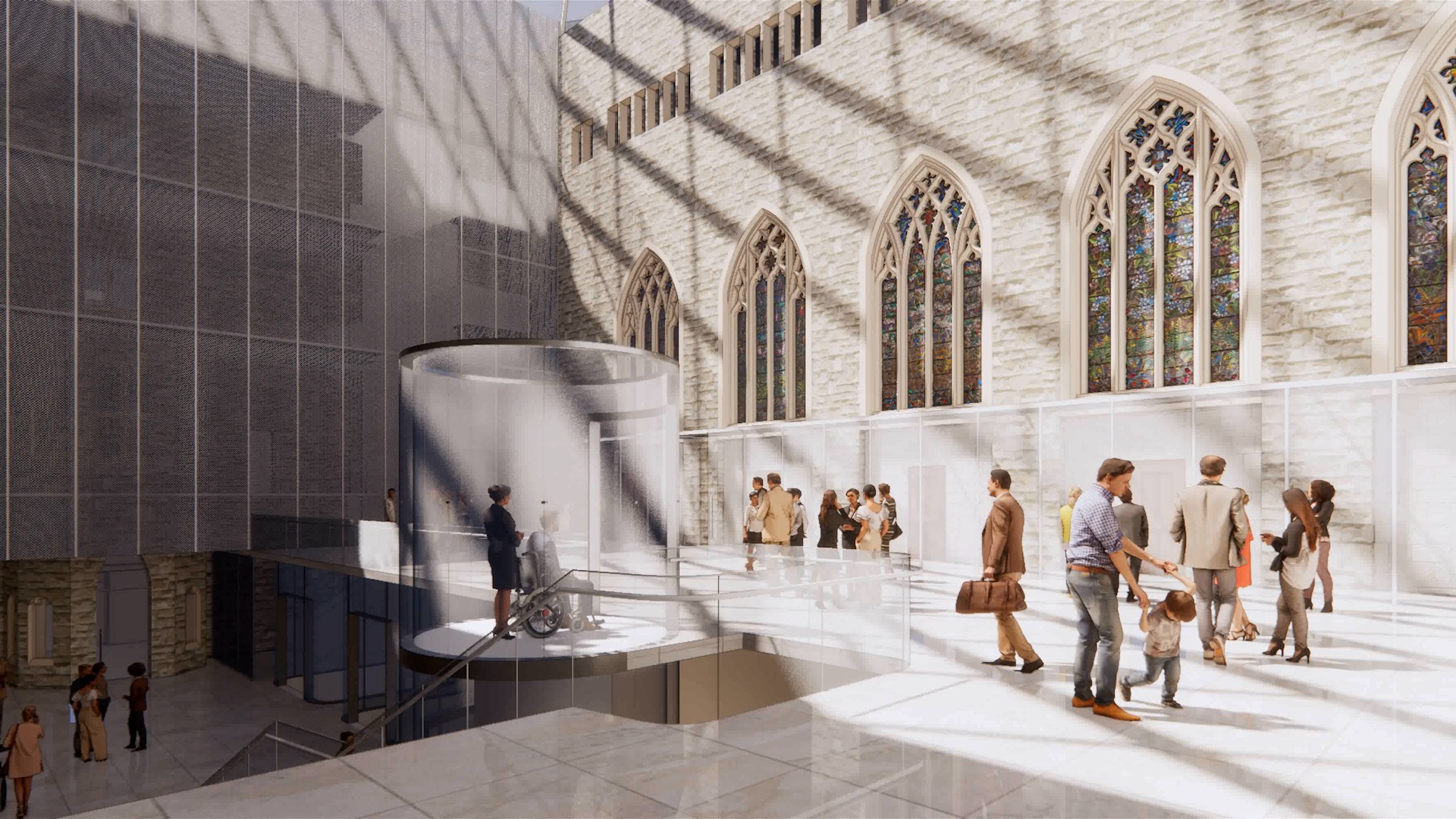
The updated Centre Block and PWC will be easily accessible to all Canadians.
Adapting the existing exterior spaces into enclosed, light-filled courtyards transforms previously underutilized areas into welcoming public spaces for visitors and people who work in Centre Block. The new courtyards bring nature deep into the building.
